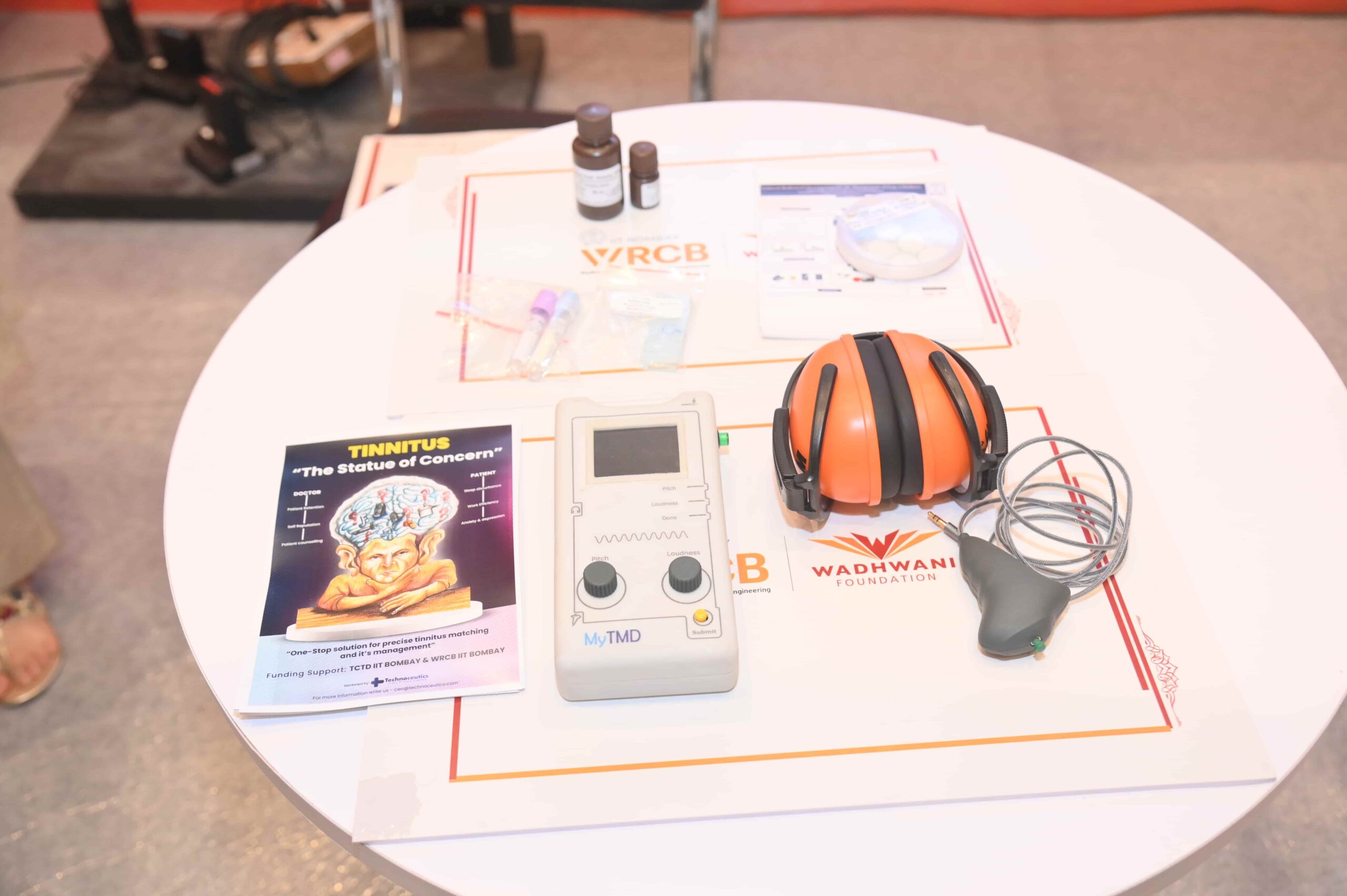The first 100 days at a job feel like a warm-up. But for most professionals, they’re actually the fastest-moving and most high-stakes chapter in their career story.
Here’s why: Hiring teams make decisions faster than you think. According to Leadership IQ, 46% of new hires fail within 18 months—not because they lack skill but because they struggle to adapt, collaborate, or learn on the job.
We’ve seen it firsthand. At the Wadhwani Foundation, through our various skilling programs, we’ve mentored thousands of students and early-career professionals. The consistent insight? Those who thrive don’t just know more — they adjust faster.
What the First 100 Days Really Signal (And Why They’re Overlooked)
This period quietly sets your reputation.
People think promotions and recognition come with time. But often, they start with how you show up in your early days. The energy you bring. The questions you ask. The way you solve problems that others ignore.
The unspoken question many managers ask in the first 2–3 weeks is:
“Can this person grow into more than the job description?”
And that answer isn’t based on your degree or certifications.
It’s based on learning agility.
What Is Learning Agility—and Why Does It Matter So Early?
Learning agility is your ability to learn something new and apply it, even when the context is unclear or uncertain.
Unlike hard skills, it’s not about memorizing.
It’s about navigating.
At Wadhwani Foundation, we define learning agility as:
- Asking better questions instead of rushing to give answers
- Applying small lessons in real-time, not waiting for perfection
- Being coachable without being passive
- Recovering fast when things go off-track
And it’s not a buzzword. It’s a career skill that sets you apart in the first 100 days.
According to LinkedIn’s 2024 Future Skills Report, adaptability and resilience were the top two traits that recruiters now prioritize, above hard technical skills.
What People Also Ask: Real Queries Answered
How can I make an impact in my first 100 days at a new job?
Start by focusing on clarity and contribution. Don’t wait for feedback—ask for it. Share small wins. Stay curious. And build relationships, not just deliverables.
Is it bad to make mistakes early on?
No—but silence is worse. Mistakes, when followed by reflection and improvement, actually build trust. The key is to show you’re learning, not just showing up.
Actionable Ways to Show Learning Agility in Your First 100 Days
Don’t aim to impress. Aim to improve. Every single week.
Here are some small, high-impact moves:
| Week | Learning Agility Action |
| 1 | Ask your manager: “What does success look like to you?” |
| 2 | Set up 15-minute chats with 3 cross-functional teammates |
| 3 | Note one thing you’d do differently every Friday |
| 4 | Present a tiny process fix (data, doc, or report) |
| 5 | Reflect: Are you still asking enough questions? |
| 6-12 | Volunteer for something you weren’t hired to do |
These are mindset builders.
They help you grow from task-taker to value creator.
Why Skilling Must Include Mindset
Yes, skilling programs can teach you to use Excel, write code, or analyze reports.
But your growth curve depends on how you act when no one is giving you instructions.
That’s why our employability skills programs—like JobReady and JobRise—go beyond credentials.
We work with learners to build the soft skills that actually matter in fast-paced workplaces:
- Career storytelling
- Peer collaboration
- Goal setting
- Feedback handling
- Agile learning rhythms
Because technical skills may get you hired, but learning agility gets you noticed.
Your Start Can Define Your Story
The first 100 days at a job aren’t about proving your worth.
They’re about building momentum with curiosity, intent, and reflection.
Start like you mean to grow.
Because you won’t get this window back.




